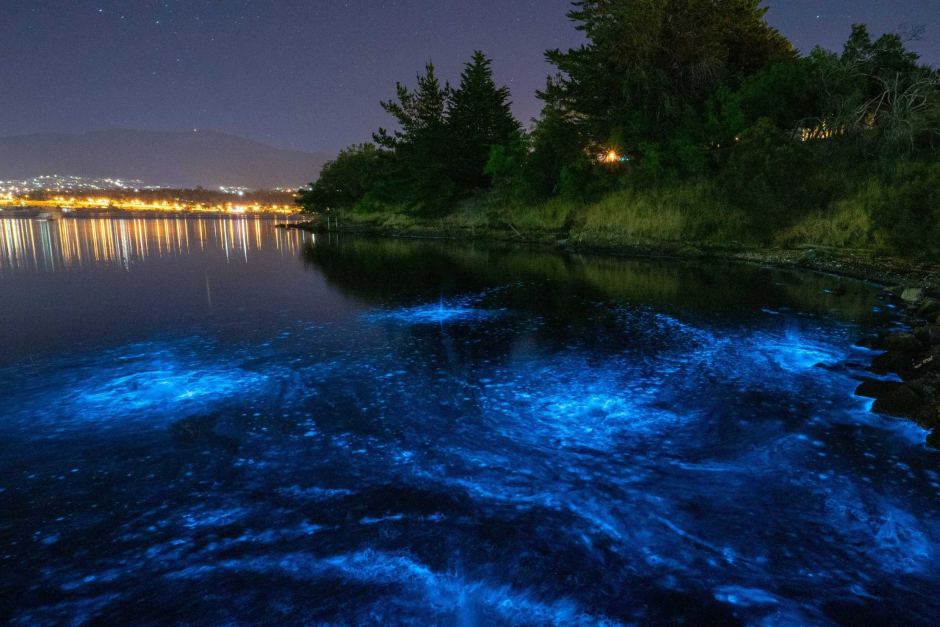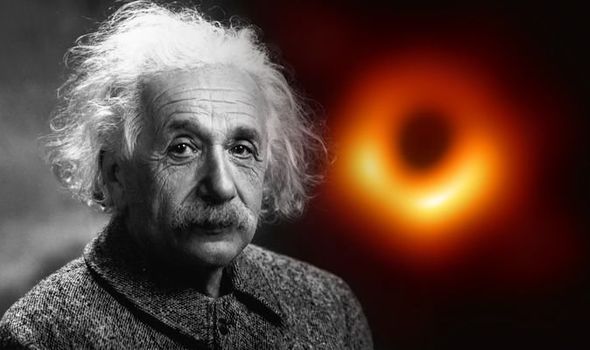Bioluminescence – Lighting up the night
Residents of Tasmania! Did you know that, each night, tiny organisms called plankton are lighting up the waters right around your state? The phenomenon is called ‘bioluminescence’ – light energy produced by a chemical reaction that occurs within a living organism. Bioluminescence can serve as a defense mechanism to confuse predators, or as a way to attract mates.
Jamie Walker, Robert Moles and Ryan Shan are Tassie-based photographers who regularly go to their favourite spots around Hobart to photograph this amazing occurrence. If you are keen on joining them, you can read about their favourite spots here. (They do recommend proper cameras for taking photos though – phone cameras are inadequate).
For those of us who live elsewhere, the waters of Jervis Bay, NSW, the Gippsland Lands in Victoria and the waters near Port Lincoln in SA have all experienced bioluminescence in recent times, often because of algal blooms in the water that are a food source for the plankton.
Bioluminescence occurs in other marine creatures, including fish, jellyfish, sea stars and sea cucumbers. On land, perhaps the most famous example are ‘glow worms’, found in places such as the famous Waitomo Caves in New Zealand. The creatures are not actually worms, but the larvae of a fly known as the fungus gnat. They produce bioluminescence to attract prey. They are found in several places around Australia too. Click here to find your nearest glow worm location.




